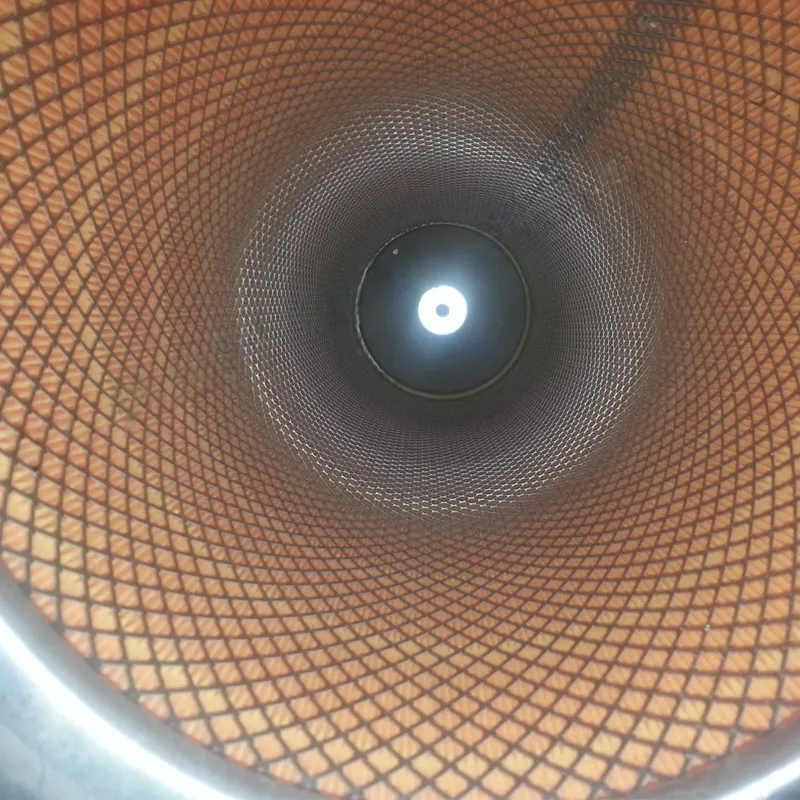 Tel:
+8615930870079
Tel:
+8615930870079
iul. . 23, 2024 14:38 Back to list
High-Performance Carbon-Infused Cellulose Filter Cartridges for Superior Filtration and Purification Solutions
The Benefits of Carbon Impregnated Cellulose Filter Cartridges
In the realm of filtration technology, the use of carbon impregnated cellulose filter cartridges has emerged as a highly effective solution for various applications, ranging from industrial processes to residential water purification. These cartridges combine the benefits of cellulose, a natural and biodegradable material, with activated carbon's superior adsorption properties, making them a compelling choice for enhancing filtration efficiency and ensuring cleaner, safer environments.
Understanding Carbon Impregnated Cellulose
Cellulose is a polysaccharide found in the cell walls of plants, making it a renewable and eco-friendly resource. When cellulose is impregnated with activated carbon, it gains unique properties that significantly improve its filtration capabilities. Activated carbon, known for its porous structure, has an extensive surface area that allows it to trap impurities and contaminants effectively. By intertwining these two materials, carbon impregnated cellulose cartridges are able to not only filter out larger particles but also to absorb volatile organic compounds (VOCs), chlorine, and other harmful substances from liquids and gases.
Applications in Water Filtration
One of the primary applications of carbon impregnated cellulose filter cartridges is in water purification systems. Municipal water supplies often contain chlorine, sediment, and other impurities that can affect both taste and safety. When water passes through these cartridges, the cellulose fibers capture larger particles, while the activated carbon adsorbs chlorine and harmful chemicals. This dual-action capability results in cleaner, better-tasting water, making it an ideal choice for both homes and businesses.
Moreover, these cartridges are particularly efficient in reducing odor and cloudiness in water, providing not only purity but also an improved aesthetic experience. Their biodegradability is also an added advantage, appealing to environmentally-conscious consumers who seek sustainable options for their filtration needs.
carbon impregnated cellulose filter cartridge

Impact on Air Quality
Beyond water filtration, carbon impregnated cellulose filters are also utilized in air purification systems. As indoor air quality becomes an increasingly pressing concern, these cartridges can help mitigate various pollutants, including smoke, dust, and chemical fumes. The activated carbon in the filter captures harmful gases and odors, ensuring a healthier atmosphere in homes, offices, and industrial environments.
These filters can be particularly beneficial in settings such as hospitals, laboratories, and food processing facilities, where air purity is essential for safety and quality. By integrating carbon impregnated cellulose cartridges into HVAC systems or standalone air purifiers, industries can comply with health standards while providing a more comfortable environment for occupants and workers alike.
Economic Advantages
From an economic standpoint, carbon impregnated cellulose filter cartridges offer a balance between cost and performance. While the initial investment may be slightly higher than traditional filters, their efficiency and the dual-action functionality can lead to lower long-term operating costs. Reduced maintenance needs and fewer replacements translate to significant savings over time, making them a wise investment for both businesses and consumers.
Conclusion
In conclusion, carbon impregnated cellulose filter cartridges present an innovative solution for enhancing filtration processes in both water and air purification. Their combination of natural cellulose and effective activated carbon not only improves the quality of water and air but also aligns with sustainable practices. As the demand for cleaner environments continues to grow, these cartridges stand out as a practical choice for those seeking effective, economical, and eco-friendly filtration options. Embracing this technology not only benefits individual users but also contributes to broader efforts in promoting environmental sustainability.
-
Types and Applications of Air Filtration CartridgesNewsJul.28,2025
-
The Role of Gas Turbine FiltersNewsJul.28,2025
-
Mastering Air Filter Cartridge UseNewsJul.28,2025
-
Advanced Turbine Filters for Modern Gas TurbinesNewsJul.28,2025
-
Cellulose Air Filter Cartridge Advantages in Dust FiltrationNewsJul.28,2025
-
Cellulose Filters for Air Particle ReductionNewsJul.28,2025

 Email:
Email:





